Soft Shackles vs Hard Shackles: Which Should I Use?
Doc Rader 06.23.22

This oft-debated and discussed question is probably a little less ambiguous than customarily answered. Most of the time, people respond, “get whatever shackle you want to run.” While that is generally an excellent neutral approach, it is helpful to learn a little about the strengths and weaknesses of both types.
We are big proponents of teaching “a” way to do something, recognizing that there are many ways to perform a task. However, I’ll caveat that the concept is more a continuum than ways with equal footing–not all methods are as safe or efficient as others.
Like everything in the backcountry/wilderness/”not at home encased in bubblewrap” environments, there will always be a “risk versus benefit” assessment along with understanding “ideal to real.” These are two concepts we use in medicine, and both apply equally well in off-road recovery.
Why do I need a shackle anyway?
Shackles are the components you use to connect things to things when rigging off-road recovery gear. We don’t generally use climbing gear or carabiners (with some exceptions) because they are not rated for the loads that we are managing, especially when we have the potential to shock load our system.
In a couple of our other posts, shackles are an important component. We use them to anchor the tree savers when towing. Shackles are also an important tool when setting up a double-line pull.
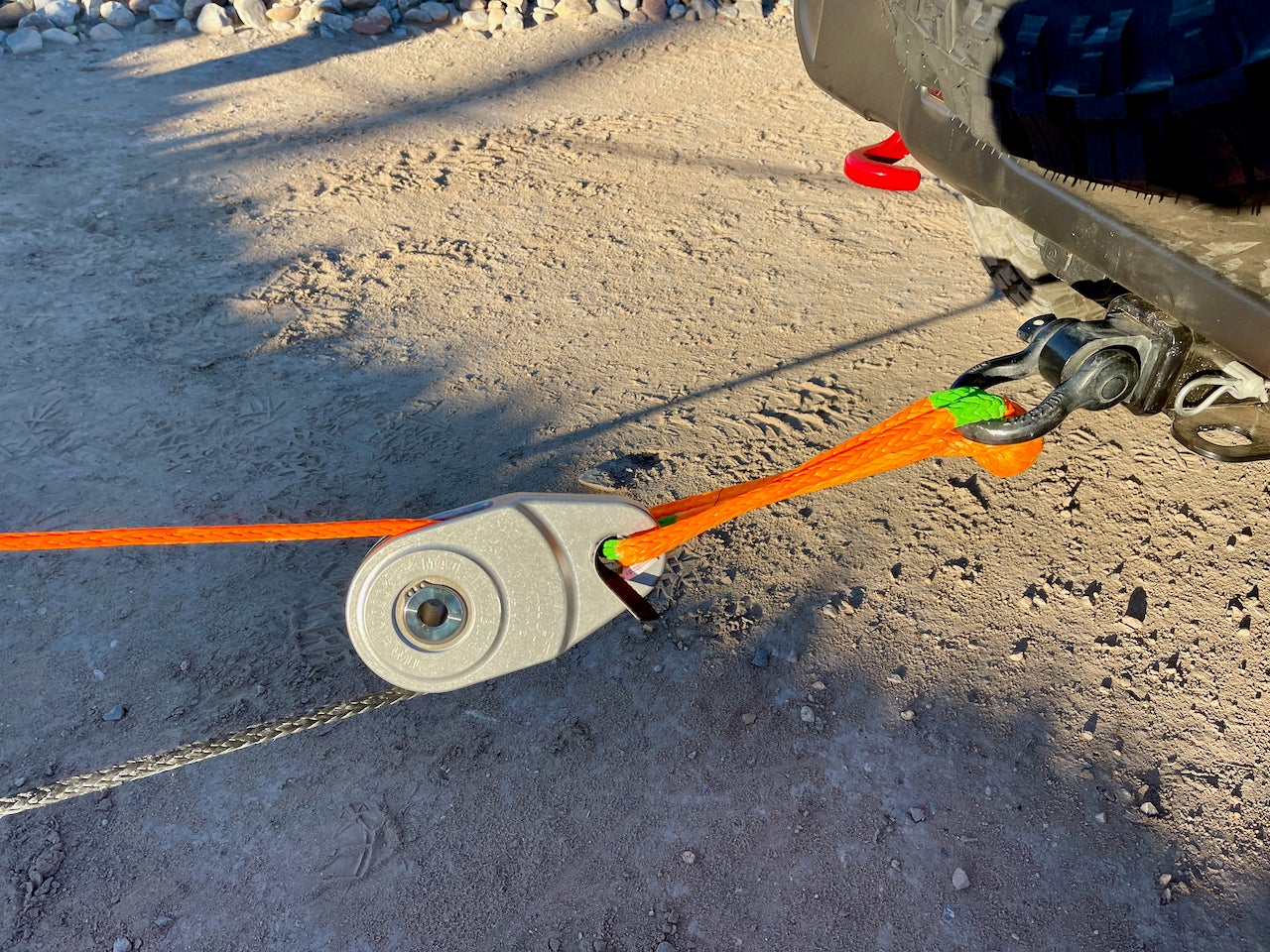
What is a hard shackle?
The most appropriate version for off-road is a “screw pin bow shackle .”Not to be confused with a “D” ring (though such a thing exists). The hard shackle is a metal loop with eyelets on the open end (called “ears”), one of which is threaded and which accepts a “pin.” The pin has a shoulder that stops it at the correct depth, and it also has a hole. This hole can be used with wire to prevent the pin from coming unthreaded, but this is more of an industrial application. Instead, we use the hole as an insertion point for a screwdriver to give leverage for unthreading.
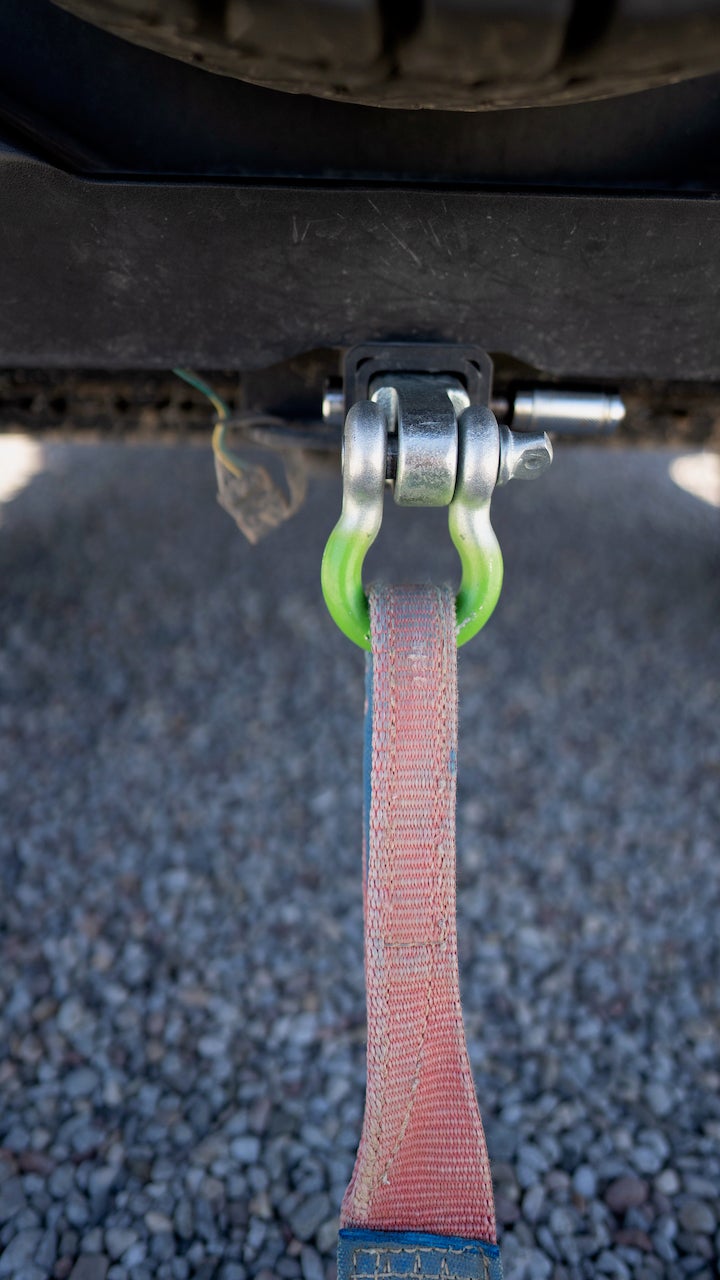
Hard shackles come in various sizes and materials, so it is essential to pay attention to what you are getting. Not all versions are equal. The most crucial factor to pay attention to is the Working Load Limit. This is true of nearly all off-road gear. The Working Load Limit lets you know what you can safely pull with the piece of equipment.
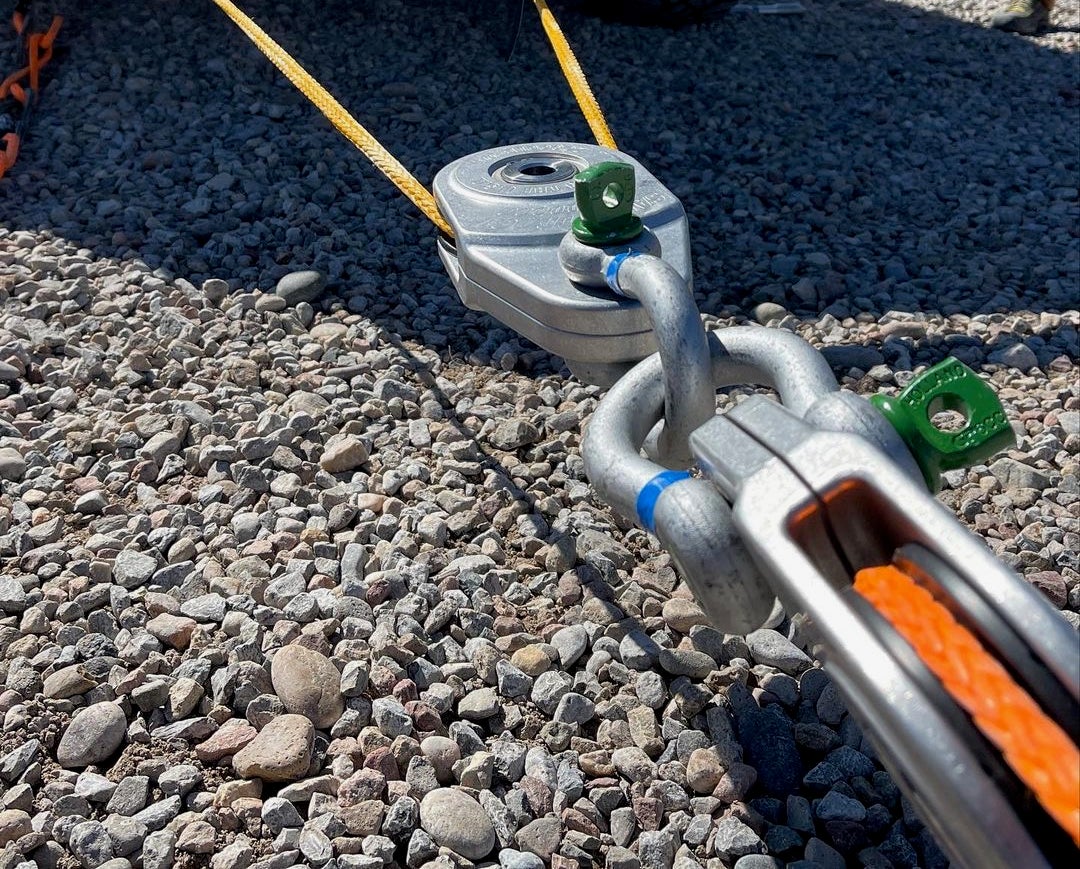
As an example, the 3/4-inch screw pin bow shackles from van Beest boast a 4.75 ton Working Load Limit and weighs about a pound.
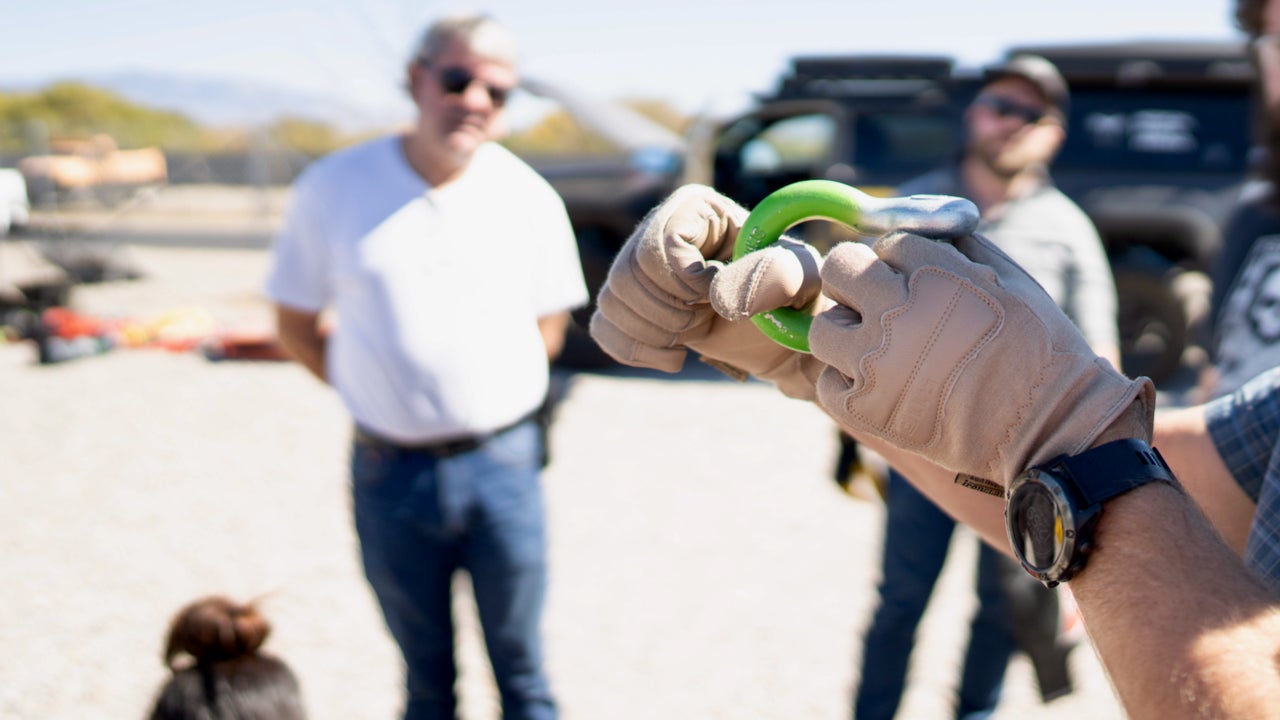
We want to use hard shackles when connecting to any metal recovery point with sharp edges, or that is not radiused. The downside is that these unforgiving devices can damage softer surfaces they might encounter.
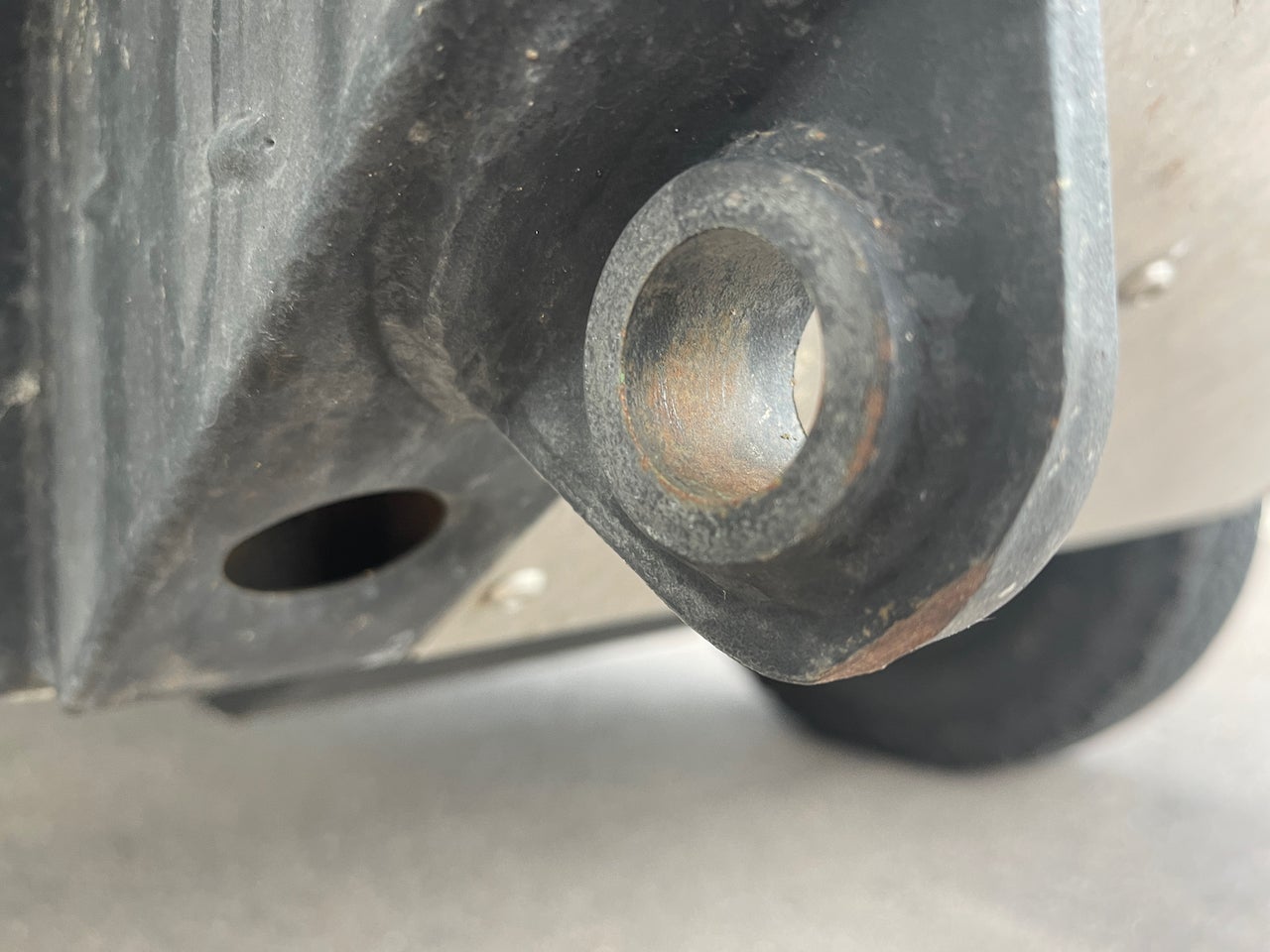
Screw pin bow shackles are most often used when we need abrasion resistance. But they are heavy and can become lethal objects if we have a failure in our system. They also tend to have a much lower working load limit than an equivalently sized soft shackle.
Pro tip: Do not leave your hard shackles attached to your recovery points. They can work loose on the road and will not be there when you need them. I have a box full that I have found on the trail over the years.
What is a soft shackle?
A soft shackle is a chunk of synthetic line that is woven to include a thick ball end (called the “head”) and a loop on the opposing end (called the “noose”). The noose end allows you to open it up when the line is slack and becomes tight under tension.
The soft shackle is threaded between other components in your recovery system. It is connected by slipping the “head” through the “noose .”The tensioned pull areas on the shackle are the neck (just below the head) and the mid-point of the shackle. This configuration keeps the head from pulling back through the noose.
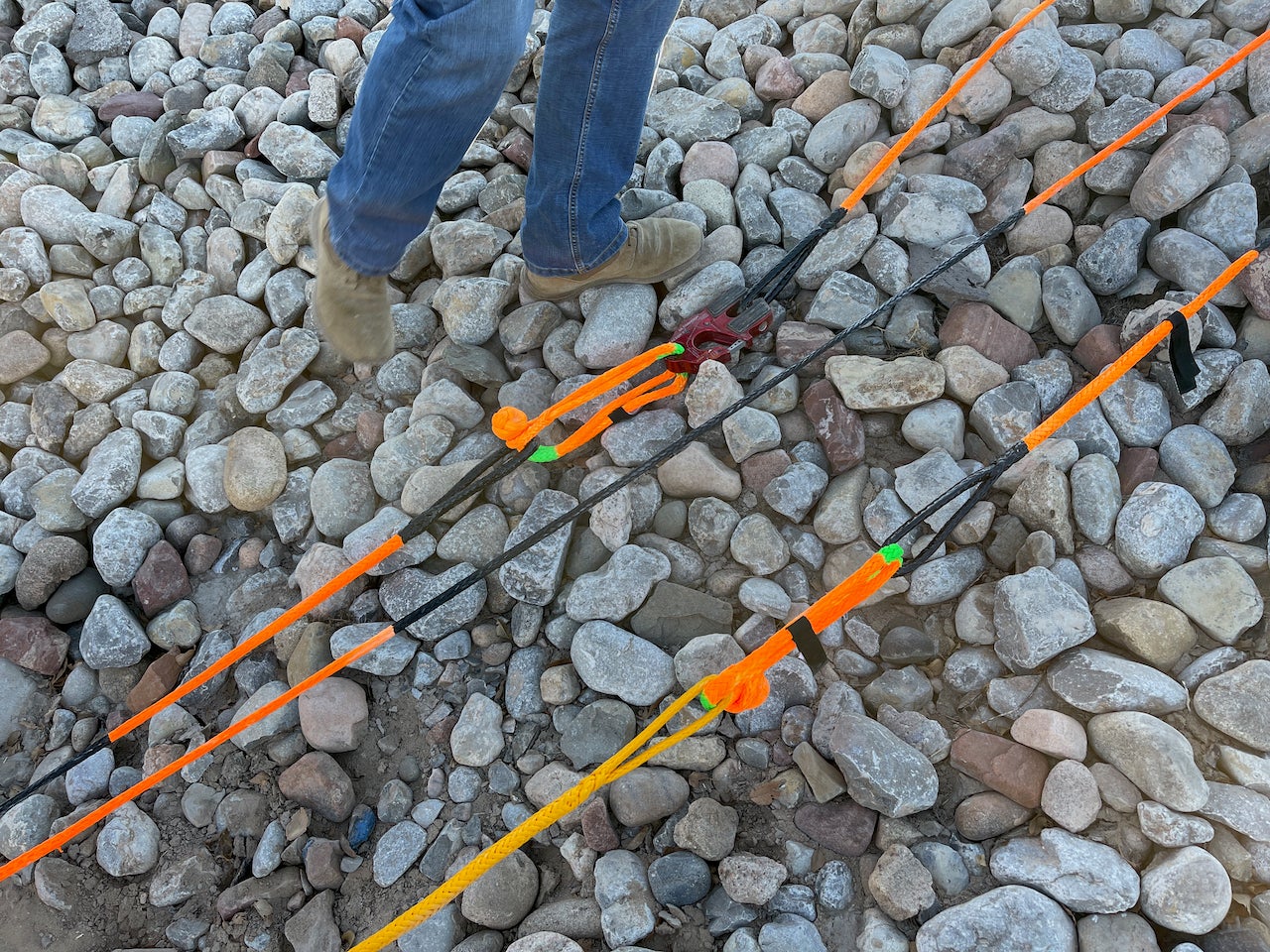
Soft shackles are generally stronger than their hard/metal counterparts. Materiel science has come a long way; synthetic materials can be created with enormous strengths. Compared to the van Beest mentioned above, a 3/4-inch soft shackle from Safe-Xrtract has a Working Load Limit of about 13.7 tons (though it weighs a bit more–1.9 pounds). To get comparable strength to the van Beest, we could use a 7/16-inch soft shackle that weighs a half p0und.
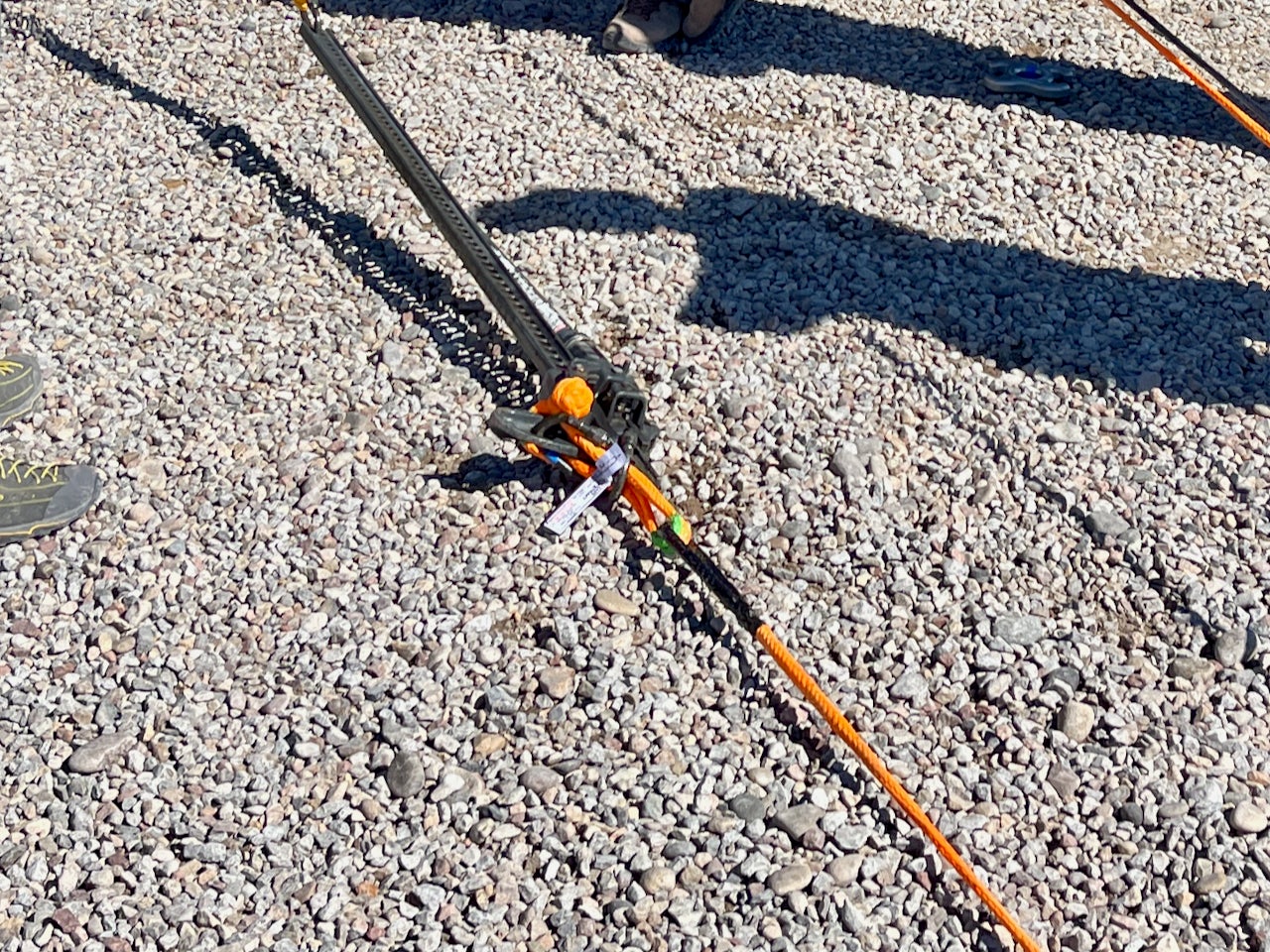
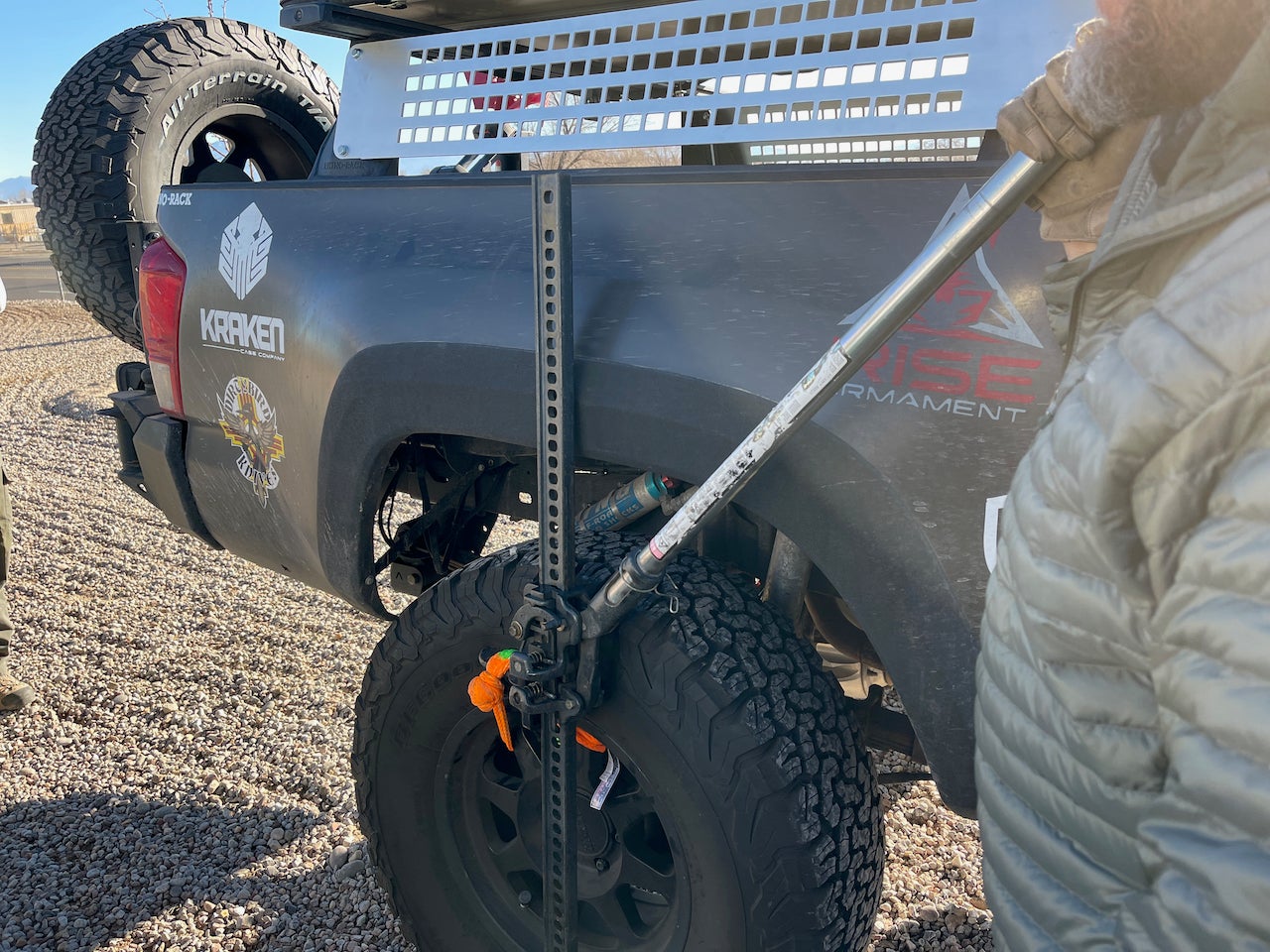
The biggest drawback to synthetics is they are affected by UV light and, if not cleaned regularly, can pick up sand and other abrasives that can wear them down. Hard shackles laugh at dirt and sunshine. Soft shackles also generally cost more.
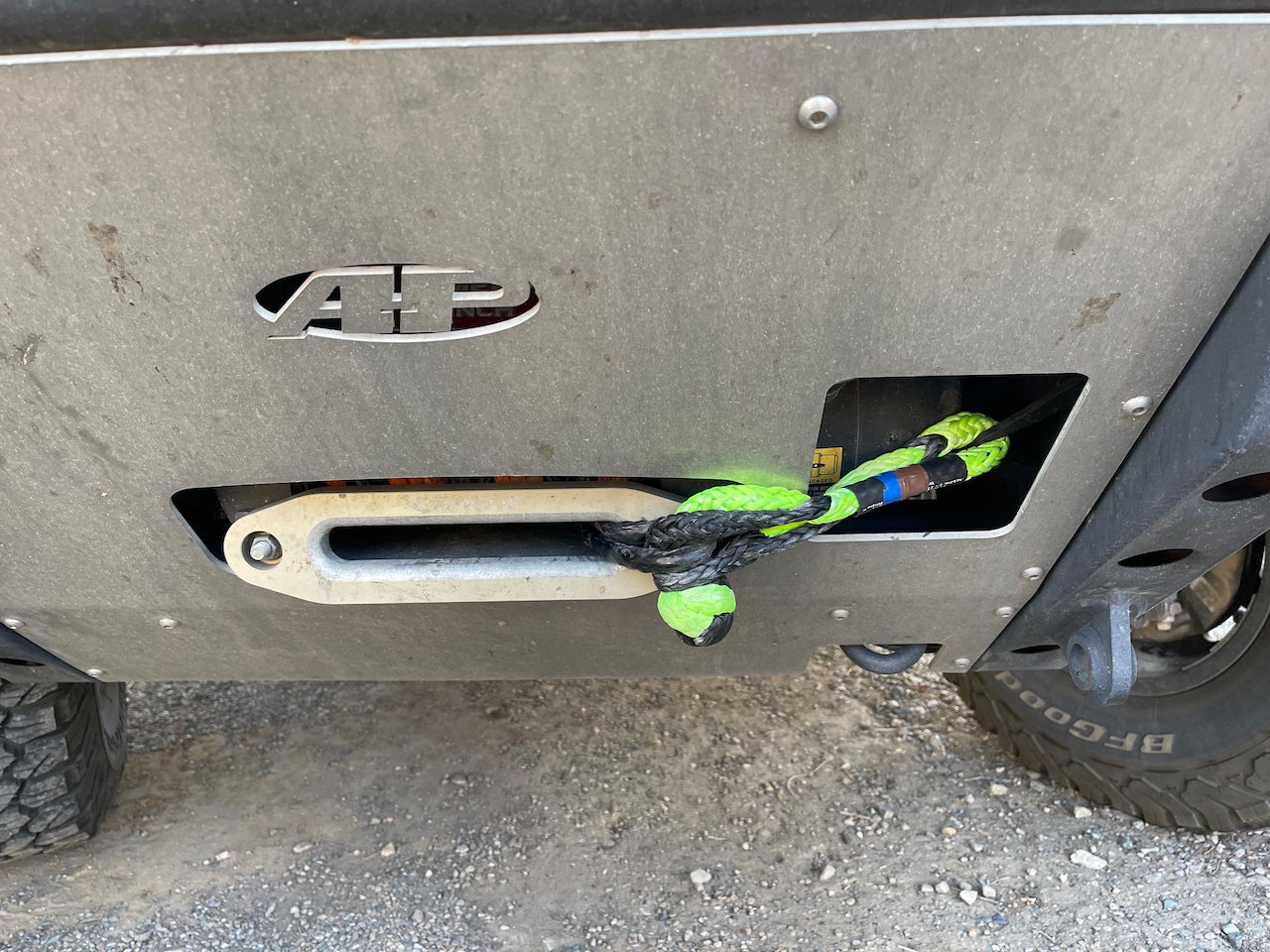
Soft shackles should be used when you are not concerned with abrasion and have them (since it can be pricey to have a bunch in your kits). Soft shackles are my go-to for everything but the recovery points on my vehicle.
End
I think you should carry a mix of both in your kits. Not everyone is going to have smooth recovery points on their vehicle. There are some cases in which you may want to bridge synthetic material to metal to synthetic–using the hard shackle alternated will reduce the friction between the materials preventing your synthetic line from cutting through another part of your rigging.
Off-Road and Overlanding is sponsored by
To subscribe, visit: https://subscribe.onxmaps.com/offroad/purchase/membership
